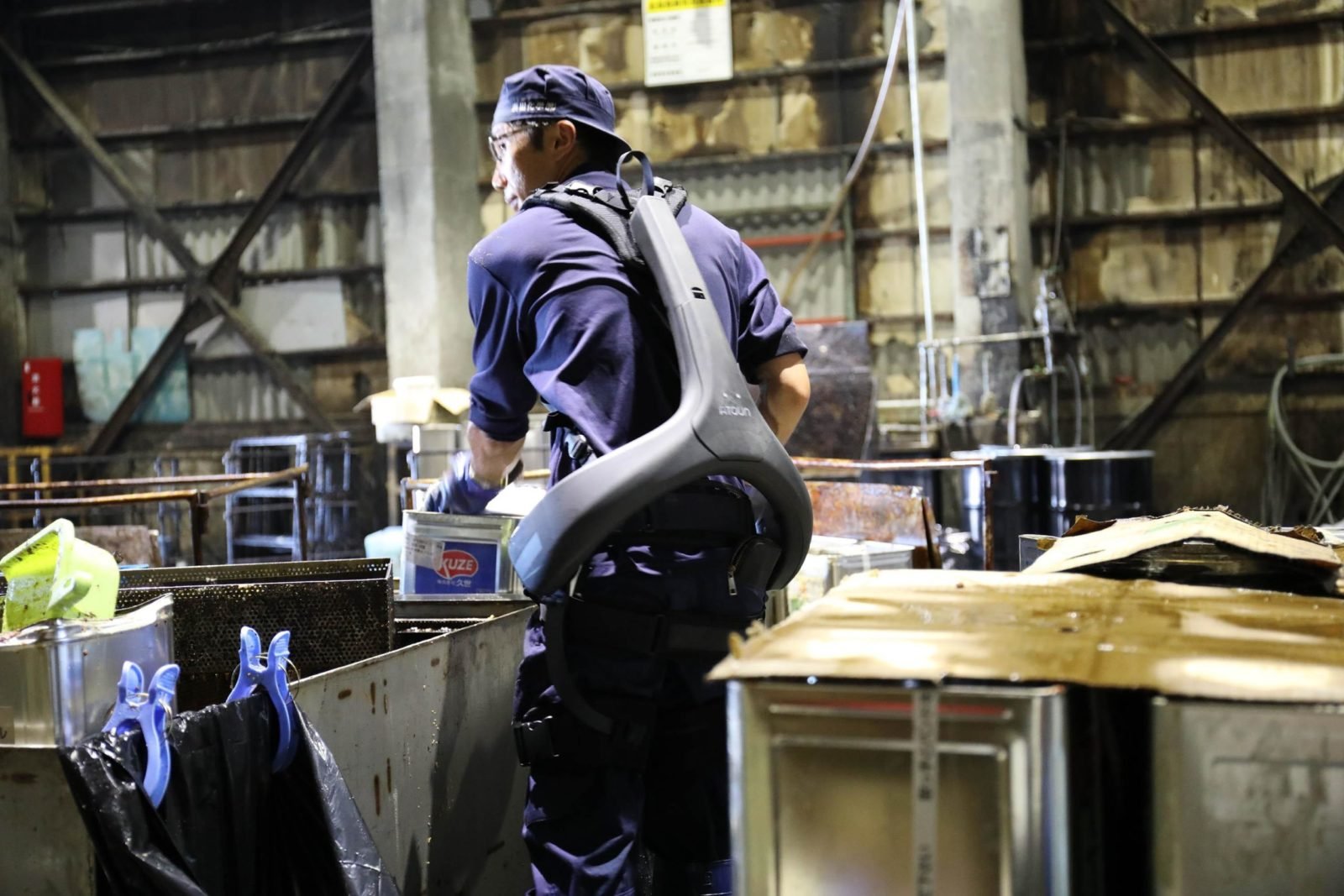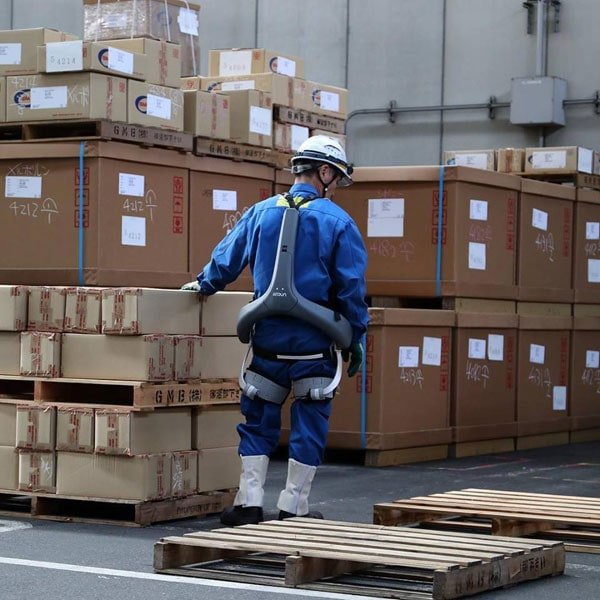Exoskeletons Are Giving Japanese Senior Workers a Lift

While Japanese society is rapidly ageing and facing a shortage of workers, the elderly can now strap on exoskeletons to meet the physical demands of their jobs and keep working as they age.
Exoskeletons are a new idea as they’ve helped disabled people to walk since the 1960s. However, car companies and other manufacturers have recently been investing in the use of exoskeletons for labour. The suit can be charged with a hand pump that fills the exoskeleton’s ‘muscles’ with pressurised air. Factory workers that have tried the suits are reported to experience less back and shoulder pain, and at the end of the day they’re less exhausted.

On the one hand, many seniors may prefer a bit of mechanical help to allow them to continue to function as they were younger. On the other hand, the Japanese workforce that continues to decline resulted in the government’s decision to raise the retirement age from 60 to anywhere between 65 and 71. In this context, the exoskeleton may seem like an attempt to squeeze the last bit of labour from the Japanese workforce.

Yet, the case of such development may appear rather dystopian, but the invention has been finding more and more applications in various fields, such as helping servers at Oktoberfest to carry trays of beer steins. Moreover, they can one day become common on not only factory floors and construction sites, but also doctors or electricians could use them to hold their arms up for longer than they’re able to.
The manufacturers believe that when the prices drop, individuals will buy or rent the gear for household and outdoor activities. Although exoskeletons can help disabled people, their use in places such as factories poses questions about whether we want a society in which people are seen as production units. Nevertheless, it could also be seen as a more human-centered approach to automation as people stay in the loop instead of being replaced by robots entirely.



